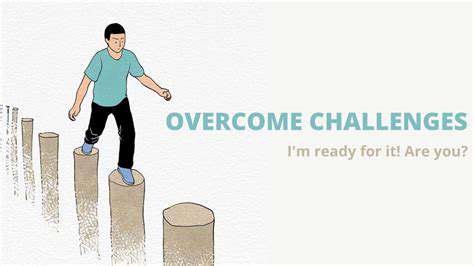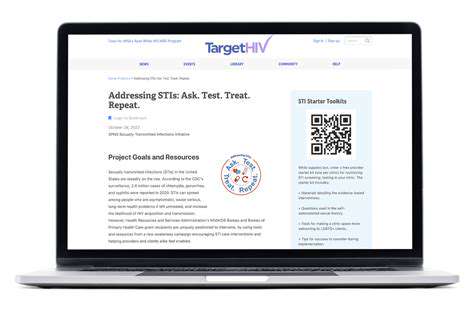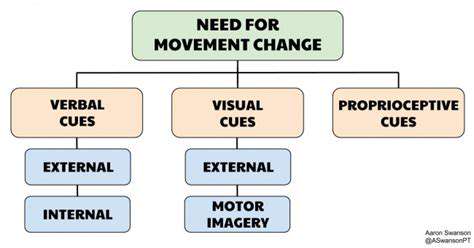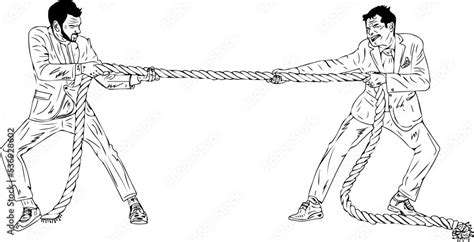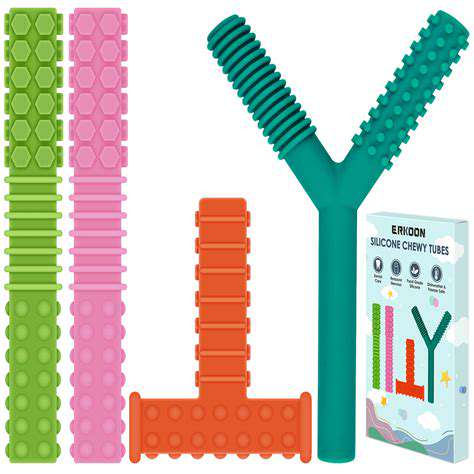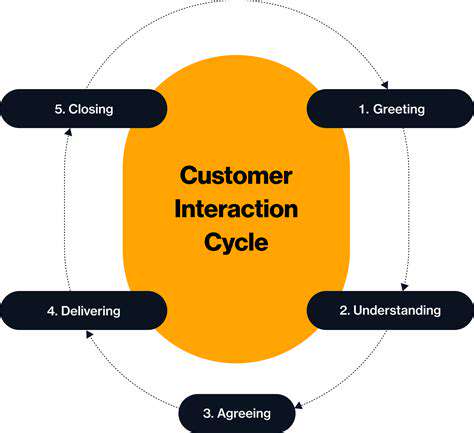Helping Your Puppy Overcome Fear of Certain Types of People
Creating a Safe and Controlled Environment
Understanding Fear in Puppies
Puppies, just like young children, go through many emotional phases, and fear is one of them. Figuring out what scares your puppy is key to building a secure and encouraging space for their development. Fear can show up in different ways, from small signs like heavy breathing or licking their lips to more obvious actions such as hiding or acting aggressively. Spotting these signals early helps you take the right steps to ease your puppy's worries.
Identifying Fear Triggers
Every puppy is different, and what frightens one might not bother another. Common triggers include loud sounds like fireworks or thunderstorms, as well as strange sights or smells. Even small changes at home, like new furniture or visitors, can make a puppy feel uneasy. By watching your puppy closely and understanding their body language, you can pinpoint what's bothering them and come up with a plan to help.
Creating a Predictable Routine
Stability is essential when helping a puppy deal with fear. A regular daily schedule makes puppies feel safe and lowers their stress. Set fixed times for meals, play, and bathroom breaks. This structure gives your puppy a sense of control, which is crucial for boosting their confidence.
Safe Spaces and Zones
Set up special spots in your home where your puppy can go when they feel stressed. This might be a comfy crate, a quiet corner, or even a whole room. Make sure these areas feel positive by adding treats, favorite toys, or gentle attention. When these spaces feel welcoming and familiar, your puppy will naturally turn to them when they need comfort.
Positive Reinforcement Training
Using rewards in training is one of the best ways to help a puppy overcome fear. Focus on praising and treating calm behavior, especially when they face something new. Avoid scolding, as it can make fear worse and create negative associations. Instead, slowly introduce your puppy to what scares them in a calm and positive way.
Gradual Exposure Therapy
Slowly getting your puppy used to their fears is a big part of helping them feel better. Start with very mild versions of what scares them and gradually increase exposure as they stay calm. This step-by-step method teaches your puppy that the trigger isn’t dangerous and helps them build confidence over time.
Seeking Professional Help
If your puppy’s fear is intense or doesn’t improve, getting help from a certified dog trainer or animal behaviorist is a smart move. They can create a personalized plan to address your puppy’s fears and teach them better ways to cope. Acting early often makes a big difference in helping puppies manage anxiety.
Gradual Exposure and Desensitization Techniques
Understanding the Root of Fear
Puppies develop fears just like people do—through experiences. Knowing what exactly scares your puppy helps you choose the best ways to help them. Was it a loud noise? A fast movement? A bad encounter with another pet or person? Finding the exact trigger makes it much easier to create a plan that works.
Sometimes, figuring out the cause isn’t obvious right away. Watching your puppy’s reactions in different situations—like their body language and sounds—can give you clues. Keeping notes might help you spot patterns in what makes them anxious.
Creating a Safe and Predictable Environment
A steady routine makes a huge difference in keeping your puppy calm. Set regular times for meals, play, and rest. Predictability helps your puppy feel secure and less likely to be caught off guard by surprises.
Try to limit things that might stress your puppy. Keep unfamiliar noises, sights, and smells to a minimum. If possible, make a safe zone where your puppy can relax—like a cozy spot with their bed and toys. The more familiar this space feels, the more comfort it provides.
Gradual Exposure to the Fear Stimulus
Desensitization works best when done slowly. Start by introducing the scary thing in a very mild way—never push your puppy too fast. Overloading them could make their fear worse.
For example, if loud noises scare your puppy, begin with very quiet sounds, like a faint recording. Over time, slightly increase the volume as your puppy stays relaxed. If they seem stressed, take a step back and try again later.
Positive Reinforcement and Rewards
Rewards are a must when helping a puppy face fears. Give treats, praise, or affection whenever they stay calm near something that usually scares them. This builds positive connections and teaches them there’s nothing to fear.
Stay consistent and encouraging. Never punish fear—it only makes things worse. Instead, focus on rewarding brave behavior to build confidence.
Patience and Persistence are Key
Overcoming fear takes time—don’t expect quick fixes. Every puppy learns at their own pace, so stay patient. Celebrate small wins and keep a positive attitude, even if progress feels slow.
If your puppy slips back into fear, don’t worry. Just return to an earlier step and rebuild their confidence. Adjust as needed to keep them comfortable.
Seeking Professional Help When Needed
If your puppy’s fear is severe or you’re not seeing progress, a professional trainer or vet can help. They can assess your puppy’s behavior and suggest the best ways to move forward.
A trained expert can spot subtle signs in body language and tailor a plan just for your puppy. Their guidance can make a big difference in overcoming tough fears.
Positive Reinforcement and Reward-Based Training
Understanding Positive Reinforcement
Positive reinforcement is one of the best ways to train a dog, especially when dealing with fear. It means rewarding good behavior with treats, praise, or playtime. This method helps your puppy link positive feelings with the right actions, making them more likely to repeat them. Instead of punishment, this approach builds trust and makes learning fun.
Watch your puppy’s body language closely. A wagging tail and relaxed posture mean they’re happy. If they tuck their tail or lick their lips, they might be nervous—adjust your training to keep things positive.
Rewarding Desirable Behaviors
Rewards don’t always have to be food. Petting, kind words, or a favorite toy can work just as well. The trick is to reward right after the good behavior so your puppy makes the connection.
Try different rewards to see what your puppy loves most. Some prefer treats, while others get excited over playtime. Mix it up to keep training interesting. Pair rewards with simple praise like Good sit! to help them understand what they did right.
Building Confidence Through Gradual Exposure
Positive reinforcement isn’t just about rewards—it also involves slowly introducing your puppy to scary things in a controlled way. This method, called desensitization, helps them learn that triggers aren’t always bad.
For instance, if noises scare your puppy, start with very quiet sounds and reward calmness. Gradually increase the volume as they stay relaxed. This builds their confidence and reduces fear over time.
Utilizing Positive Reinforcement for Specific Fears
You can use rewards to tackle specific fears. If your puppy is nervous around strangers, reward calm behavior when someone new is nearby. Slowly decrease the distance as they stay relaxed.
Remember, patience is key. Every puppy learns differently, so don’t rush. Avoid punishment—it only makes fear worse. Instead, focus on rewarding bravery to build a happier, more confident puppy.
Seeking Professional Help When Needed

Understanding the Need for Professional Help
Asking for professional help is a strong and often necessary step when handling tough situations. It shows you recognize that some challenges need expert guidance beyond what friends or family can offer. This awareness is the first move toward positive change. Remember, reaching out is a sign of strength, not weakness.
Many people feel embarrassed or unsure about getting help, but professionals are trained to provide support without judgment. They offer a safe space to work through difficulties with personalized strategies.
Identifying Potential Issues
Many situations can benefit from professional input, including anxiety, behavioral troubles, or past trauma. Recognizing the specific problem helps in finding the right kind of help.
Taking that first step to identify the issue is often the hardest part. But once you do, it sets the stage for meaningful progress.
Exploring Different Types of Professionals
There are many experts who can assist, from dog trainers to veterinary behaviorists. Each has unique skills, so choosing the right one matters.
Look for experience, specialization, and a style that fits your needs. The right match makes a big difference in success.
Navigating the Process of Seeking Help
Getting help usually starts with an initial consultation to discuss concerns. Feeling comfortable with the professional is crucial.
Finding someone who understands you and your puppy creates a foundation for progress. Trust and open communication are key.
Understanding Confidentiality and Ethical Practices
All professionals follow strict privacy rules to keep your information safe. This ensures you and your puppy can work through challenges without worry.
Knowing these standards helps build confidence in the process.
Addressing Concerns About Cost and Accessibility
Worries about affordability are common, but many options exist, like payment plans or insurance coverage.
Exploring these can make professional help more accessible. Investing in your puppy’s well-being is worth it.
The Benefits of Professional Support
Expert guidance can improve behavior, reduce stress, and strengthen your bond. With the right help, you and your puppy can build a happier, more confident future together.
Structured support gives you the tools to handle challenges effectively, leading to long-term success.
Read more about Helping Your Puppy Overcome Fear of Certain Types of People
Hot Recommendations
- The Impact of Early Socialization on a Dog's Interaction with Other Animals
- Car Travel and Puppy Socialization: Making the Journey a Positive Experience
- The Importance of Early Environmental Exposure for Puppy Development
- Taking Your Puppy to the Vet: Positive Socialization Strategies
- Making Training a Positive Experience for Your Puppy
- Public Transportation and Puppy Socialization: A Step by Step Guide
- Safe Socialization: Allowing Others to Pet Your Puppy
- Helping a Puppy Who Struggles with "Stay"
- Positive Puppy Interactions: Making Meetings with New Friends Fun
- No Treats Needed? Training Basic Commands with Verbal Praise
